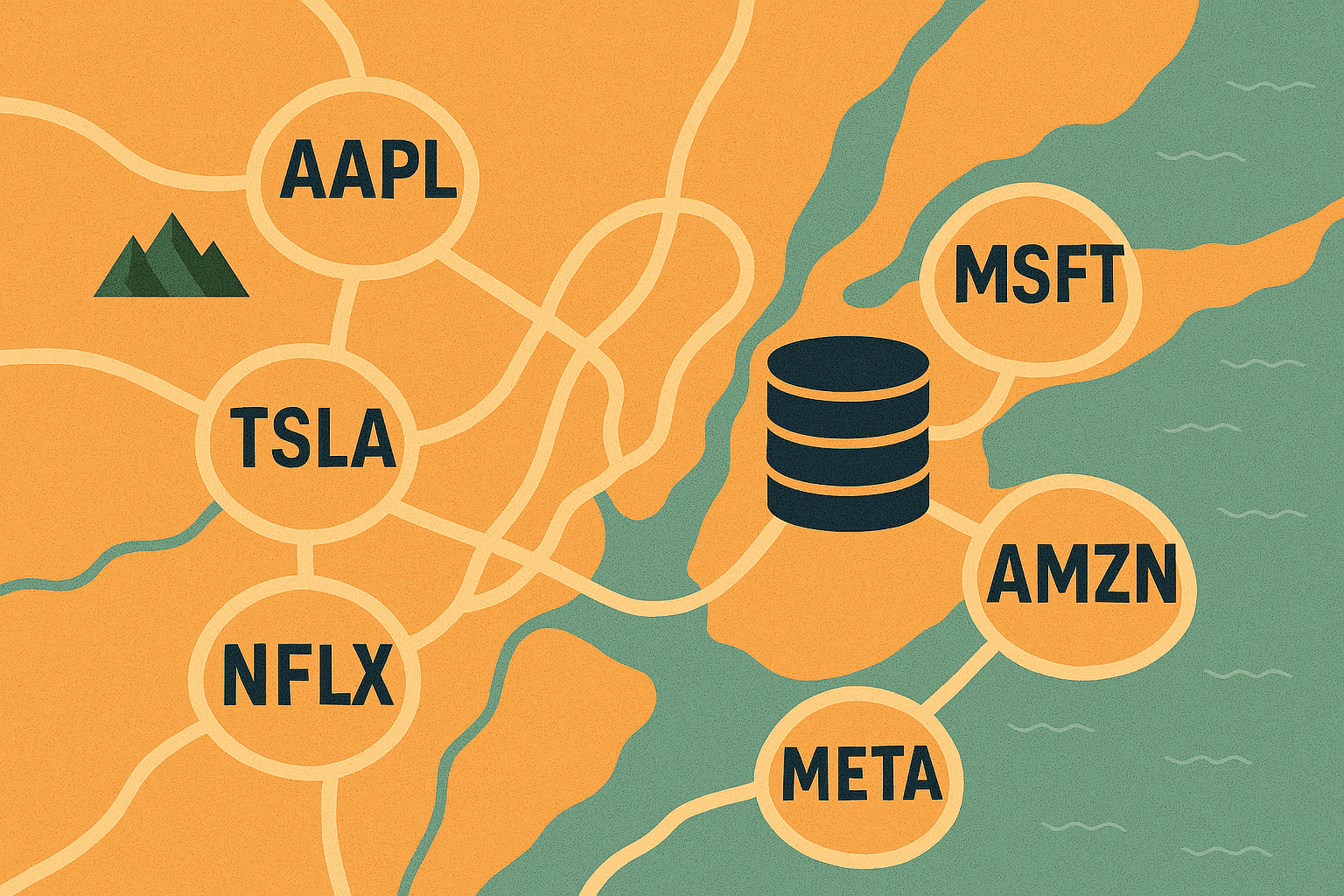Background
ESG has been possibly the most consistent topic of interest to our clients over the last 18 – 24 months. That’s reflected in the AUM numbers with global ESG AUM estimated at $30 trillion according to GSI Alliance. The US alone accounts for $12 trillion of this and the AUM in the region doubled from 2014 to 2018 to $12bn. GSI research also indicates that the fastest growing strategies are ESG integration and negative/exclusionary screening, both of which can be greatly enhanced by incorporating alternative datasets.
BofA research suggests traditional players such as MSCI (ranked #1), Bloomberg (#4) and ISS (#5) are still the most prominent ESG datasets the buy-side uses. Eagle Alpha has tagged 45 datasets as ESG. This just includes datasets that self-identify as ESG. There are a greater number of datasets that are relevant that aren’t explicitly tagged as ESG.
The third most prominent approach highlighted in the BofA report was proprietary signals, and this is an approach we see growing in the market. The low correlation of ESG ratings from prominent providers is a major reason for this. There is also a growing body of research highlighting a large dispersion of returns for identical strategies using different ESG scoring providers. This is leading an increasing number of funds to develop their own ESG scoring methodologies.
[These topics were discussed in detail at Eagle Alpha’s ESG roundtable on 20th August. Data Strategy clients can click here to access a recording and written synopsis of the presentation.]
Examples of ESG Investing With Alternative Data
Our Alpha Centre contains 17 ESG case studies that clients can access.
One such case study, on Starbucks, explores how online conversation can be used to assess the social alignment of listed companies.
Analysis from one of Eagle Alpha’s data partners highlighted Starbucks social alignment score dropped in February. This was as a direct result of criticism online for staying open during COVID-19 and not taking measures to keep their baristas safe. This was days before the stock price dropped. Starbucks made major changes around March 15, they took away seating and launched a coffee to go model. The social alignment score then recovered, pre-empting a recovery in Starbucks stock price.

A second case study focuses on the application of patent data to environmental investing.
The importance of intellectual property assets has grown significantly in the last 40 years. Whilst in 1975 only 18% of the S&P 500 market capitalization was derived from intangible assets, almost 90% is represented by intangible assets today.
Mapping this information to corporate information provides a broad insight into the innovative technology landscape of companies. Figure 2 shows Enphase Energy creates almost 80% of its total innovative strength from patents that are ESG compliant.

Figure 2: Patent Data for Environmental Analysis
A Buyside Perspective on Alternative Data for ESG Investing
On our 20th August ESG roundtable, Mike Chen from PanAgora discussed his fund’s approach to ESG investing.
Mike’s perspective on ESG is that ESG strategies outperform so why not do it. He sees little agreement on ESG but considers it values-based investing. PanAgora builds a portfolio by working with clients to deliver the type of values and ESG fund they want. Managers need to build out the capabilities, personnel and legal departments to address the ESG market. Put the effort in and it will pay off in performance and alpha.
PanAgora’s approach is to use sustainability “factors” rather than “scores”. Scores can be useful for funds starting out on an ESG journey but then needs to evolve into more granular factors and underlying data.
Mike’s opinion is it’s a matter of survival to capture the shift in funds flowing to ESG. If a fund does it right it can grow and prosper.
Alternative Data and ESG Investing for Private Equity
Clearly, ESG investing is not just a public equities phenomenon and alternative data can be applied to other asset classes.
The advantage for PE is they typically have a controlling interest in the private company, so they have a better ability to extract very granular data from portfolio companies in relation to ESG. On our ESG roundtable, we discussed how ESG factors are impacting IRR and exit premiums in private equity. One example presented was in the oil & gas industry where a shift to alternative energy as a mix of revenue has a very meaningful impact on exit valuation multiples.
As regards an ESG framework for private companies the panel’s view was that we do not require another framework but we do need a standardized approach to two types of data a) comparable metrics across industries b) data tied to the business model for a single industry. A critical mass of companies needs to come together to define such.
There is real value in ESG analysis in a PE world where there is a lot of dry capital looking for value.
[Data Strategy clients can click here to access the full recording of Mike’s discussion, and here for the PE discussion.]
The Rising Tide of ESG Regulation
Investors need to be aware of the shifting regulations around ESG investing. This is something David Walsh from Dillon Eustace discussed on our ESG roundtable.
David highlighted new regulations that are emerging in the European fund industry as it pertains to ESG. The new regulations are relevant for Europe based funds but also for US funds and service providers that might be considering becoming domiciled in the EU.
There are four things to consider under the EU Sustainable Finance Framework.
- SDFR or disclosure regulation
- Taxonomy regulation
- Amendments for UCITS and AIFMD
- Low carbon benchmarks regulation
The SDFR disclosure regulations are probably the most important. They are designed to allow investors to understand the environmental and social impact of their investment decisions and to help them recognise which investments are sustainable. There will be standardization to compare ESG funds and managers and to examine who might be greenwashing.
An important point is that the obligations are for funds and on the fund manager. Complying with SDFR will take significant work to be completed for the cut-off date of March 10th, 2021. Funds need to start the process now to get in front of the requirements.
[Data Strategy clients can click here to access a recording of David’s full presentation and a written synopsis].
Conclusion
ESG Investing is a secular trend that is almost certain to persist over the long term. As well as the obvious moral argument for these strategies, there is an increasing body of research pointing to the outperformance of ESG strategies. This is true in both public and private equities. However, a divergence in outcomes depending on which ESG scoring methodology is used is forcing funds to increasingly build their own proprietary approaches using alternative data.
Investors also need to be aware of the obligations associated with emerging ESG regulations, particularly in Europe.
This article leans heavily on content from Eagle Alpha’s ESG roundtable on 20th August. The full archive of content from the roundtable, including recordings, accompanying decks and written synopses, can be accessed here:
[If you would like to learn more about any of the data sources mentioned or how Eagle Alpha is helping clients in the current environment then please contact us at inquiries@eaglealpha.com]





